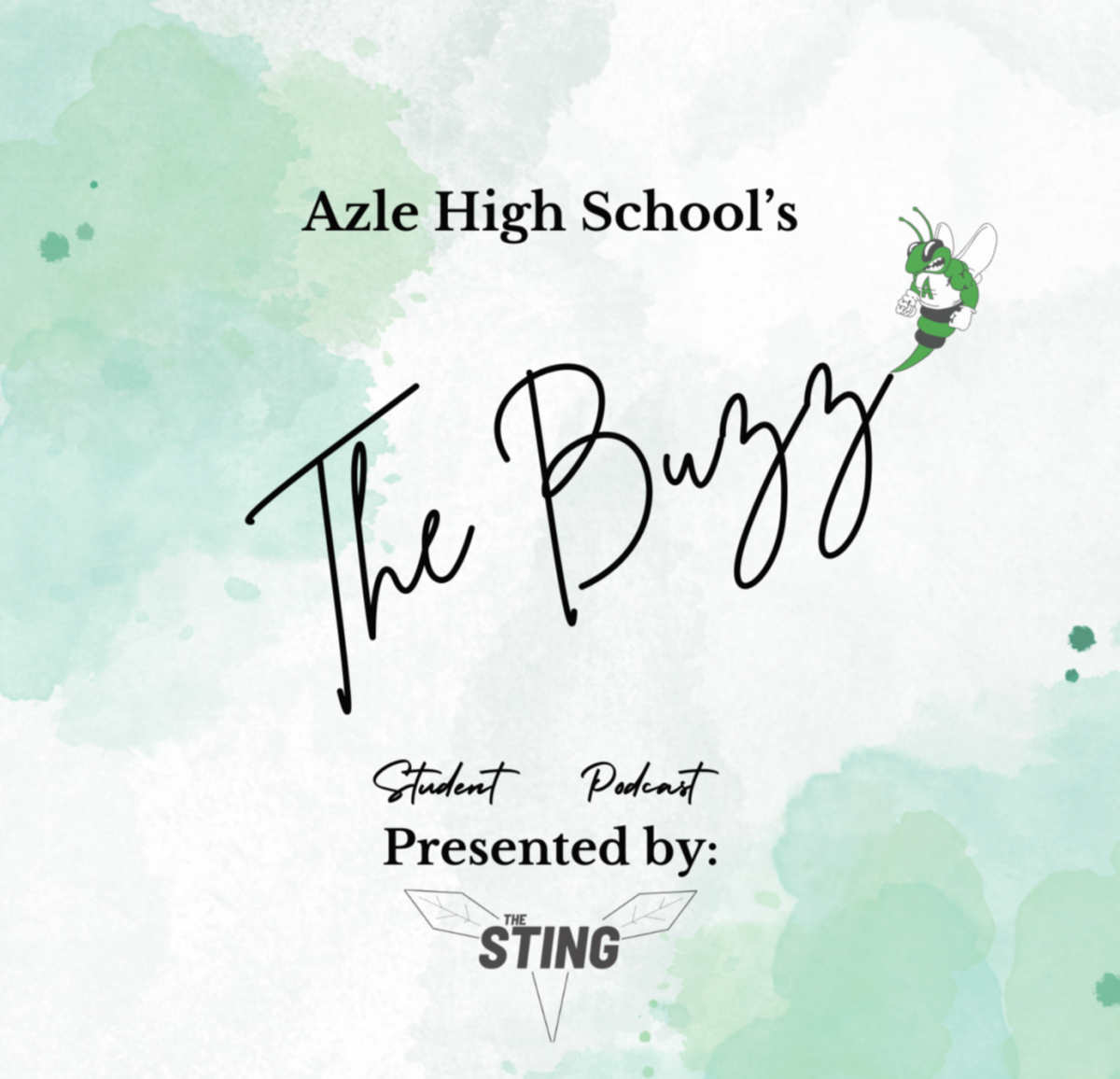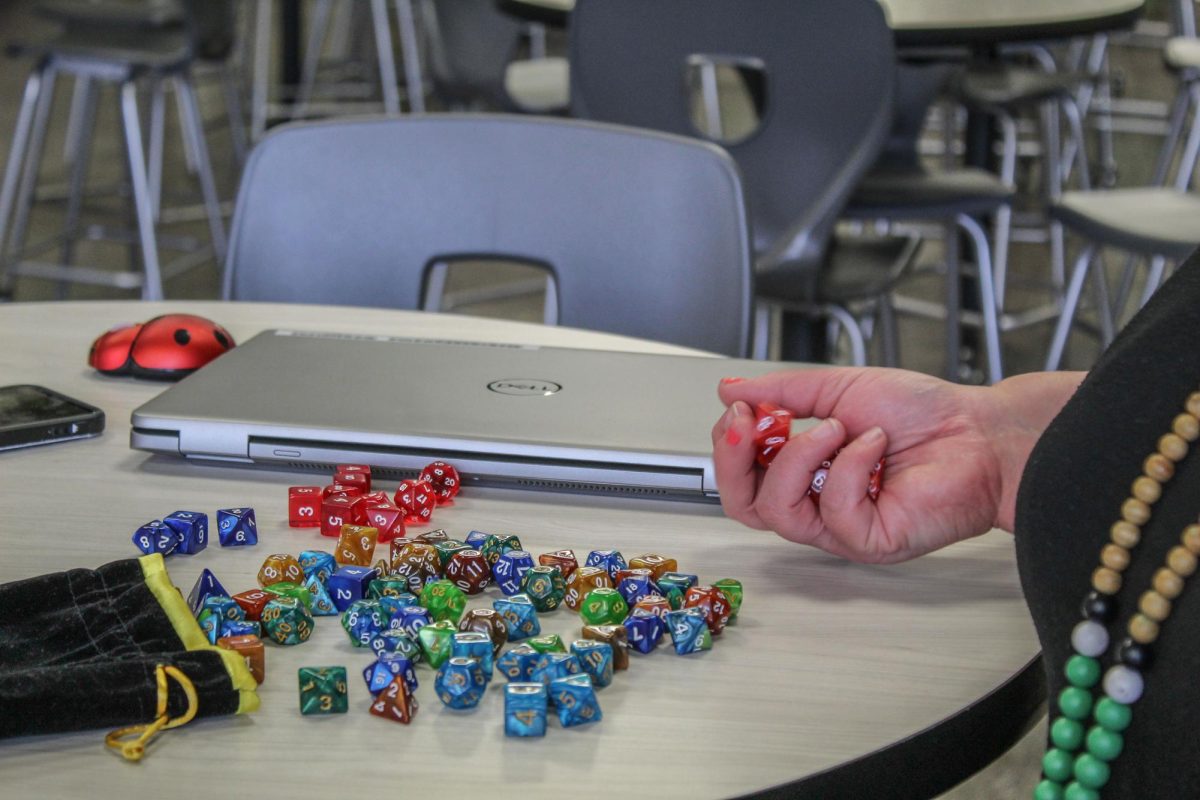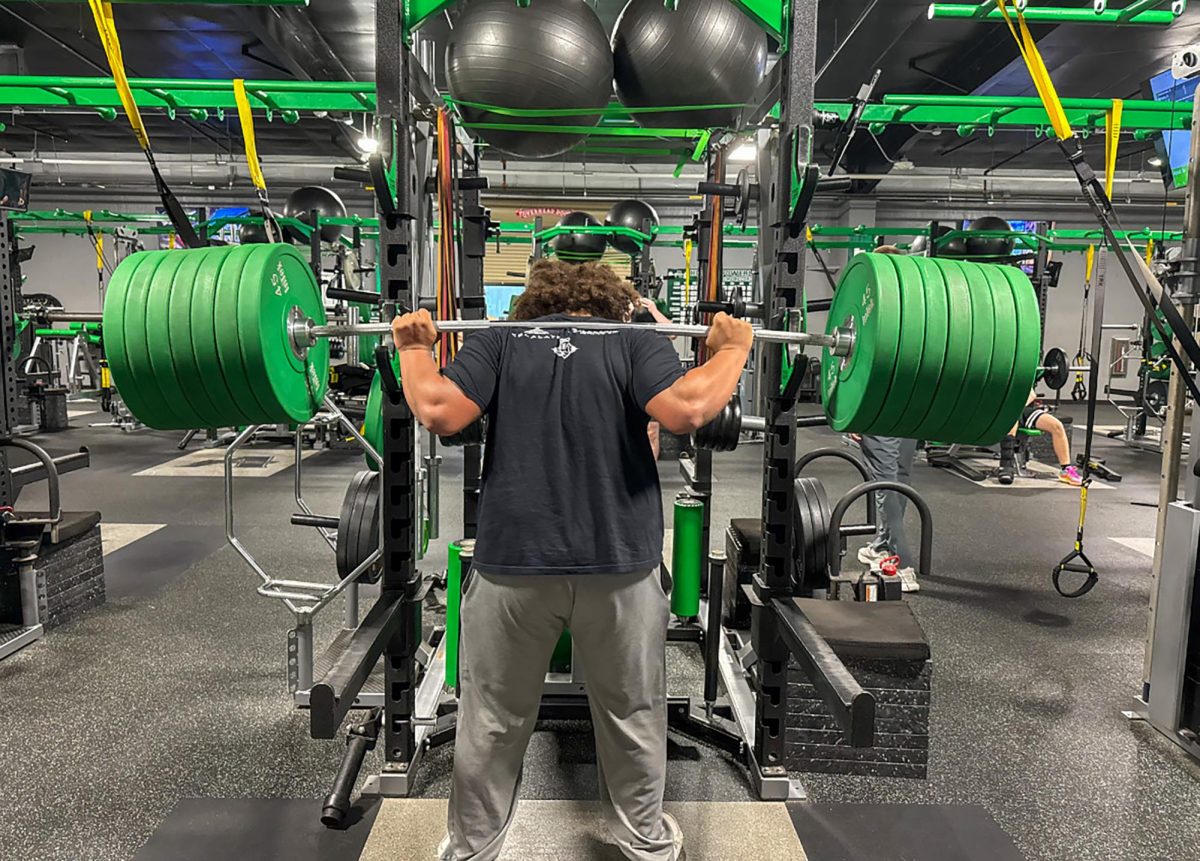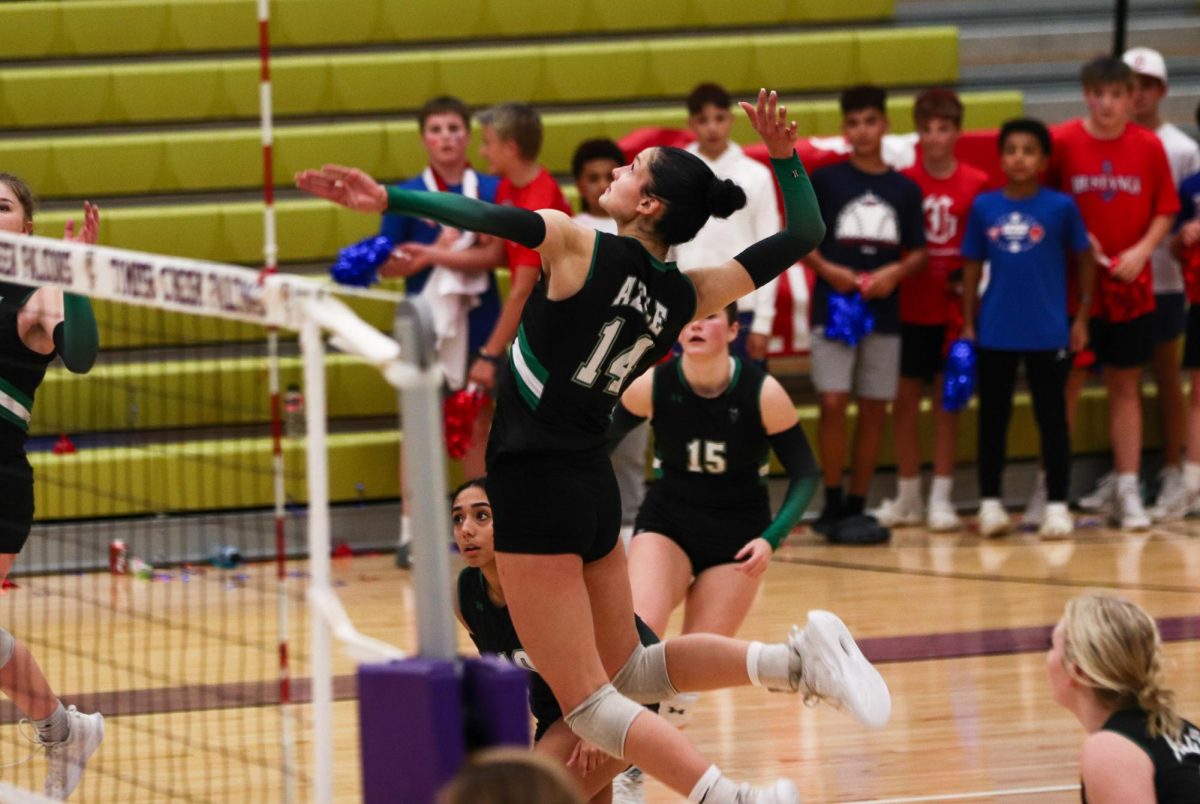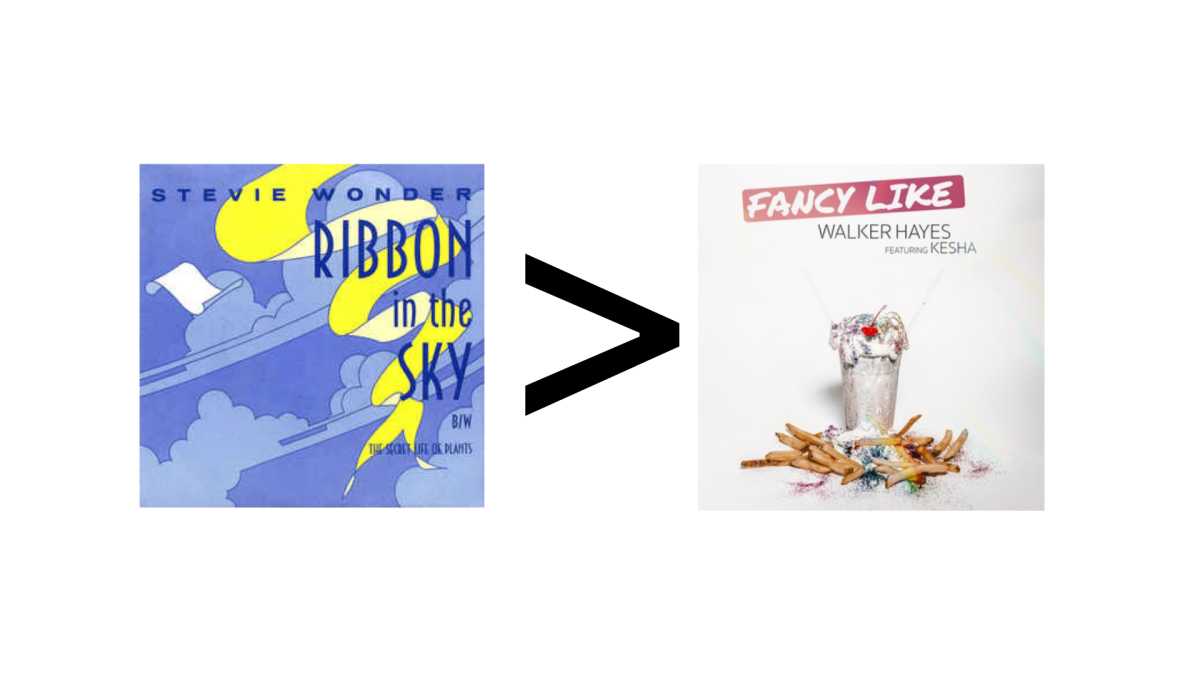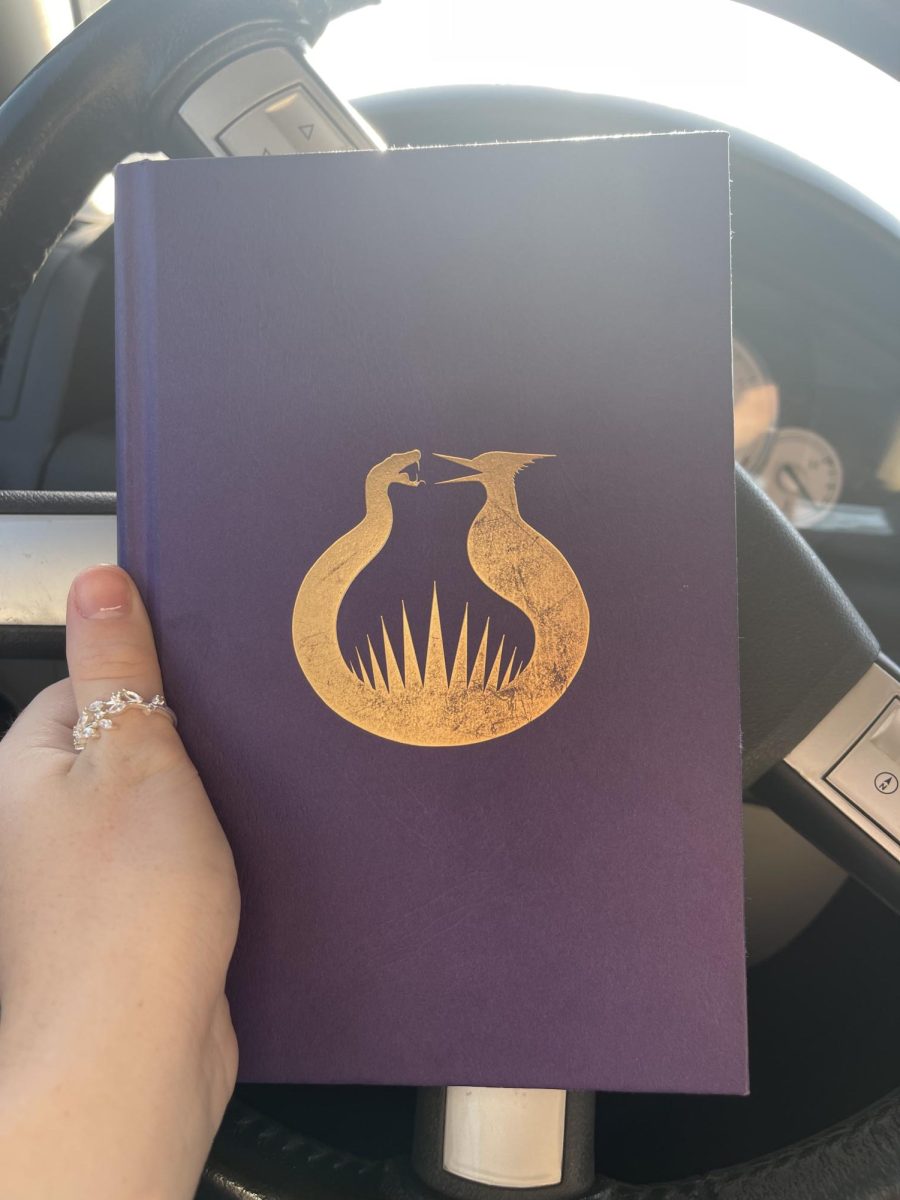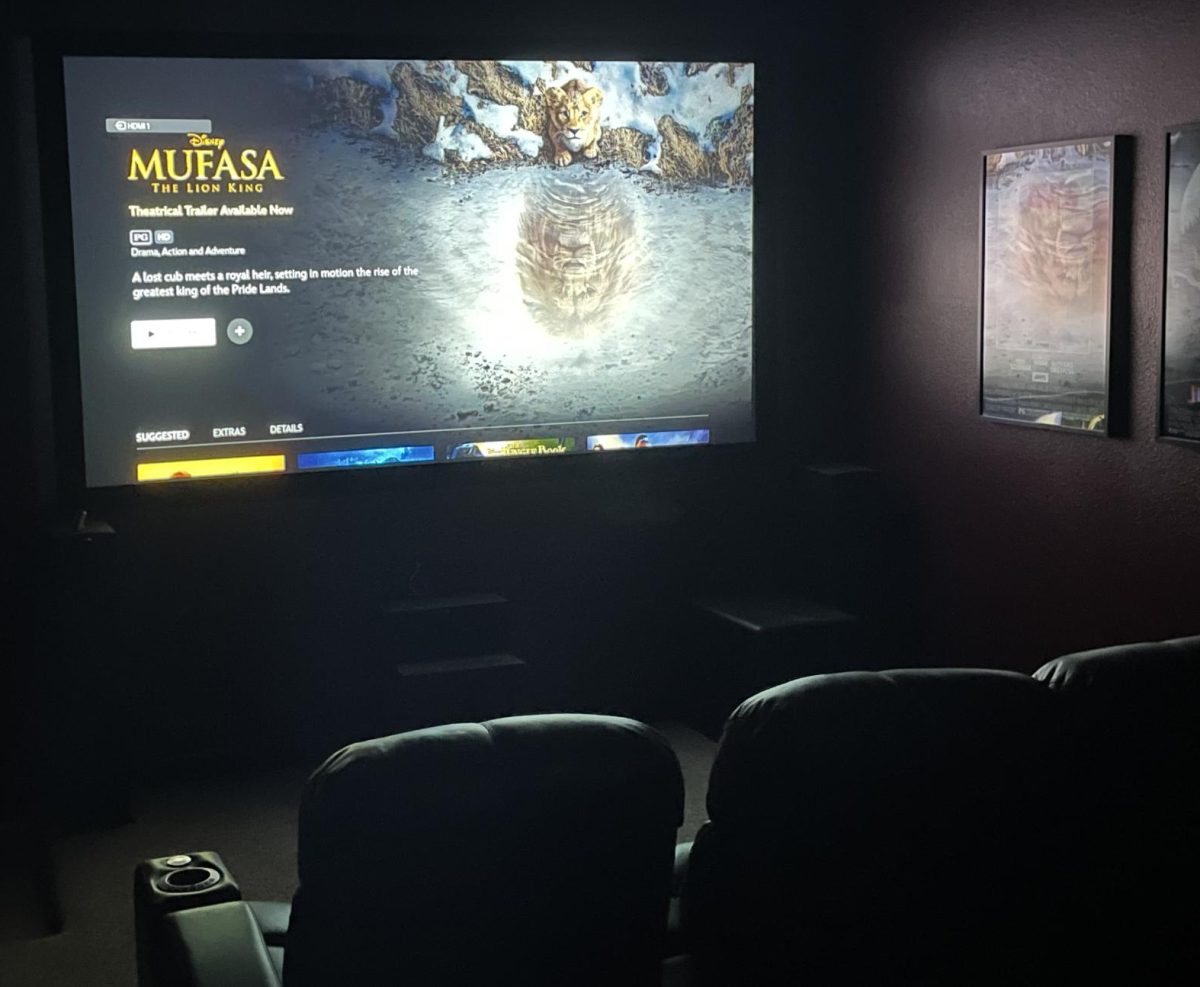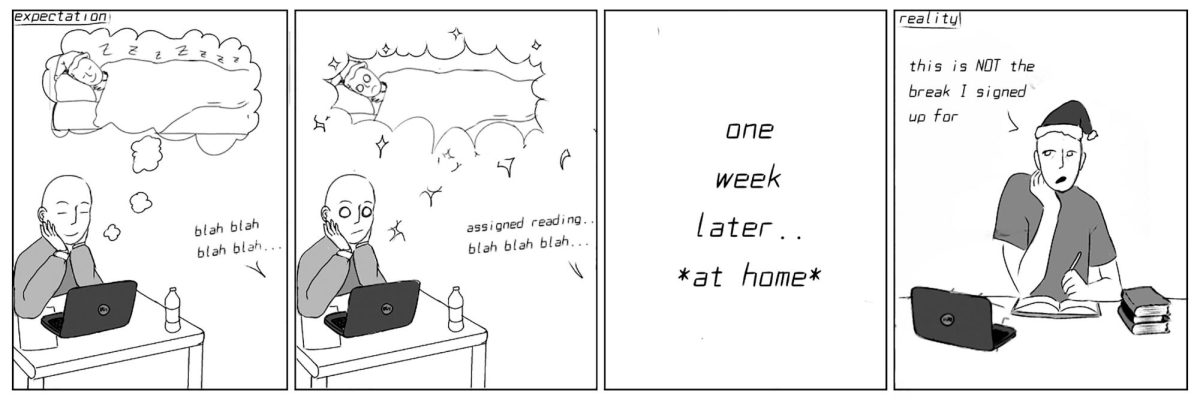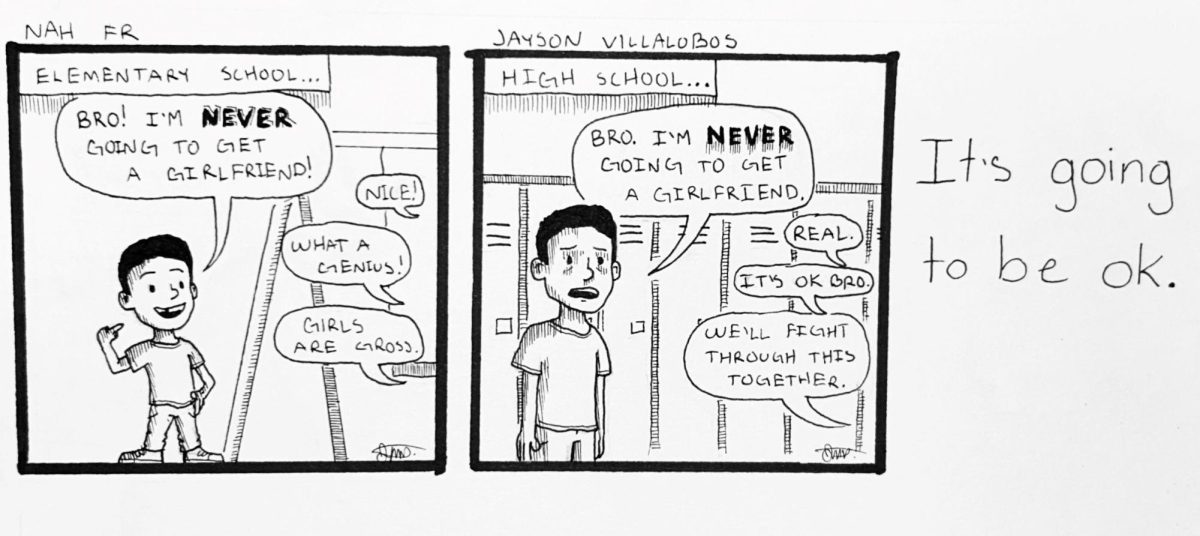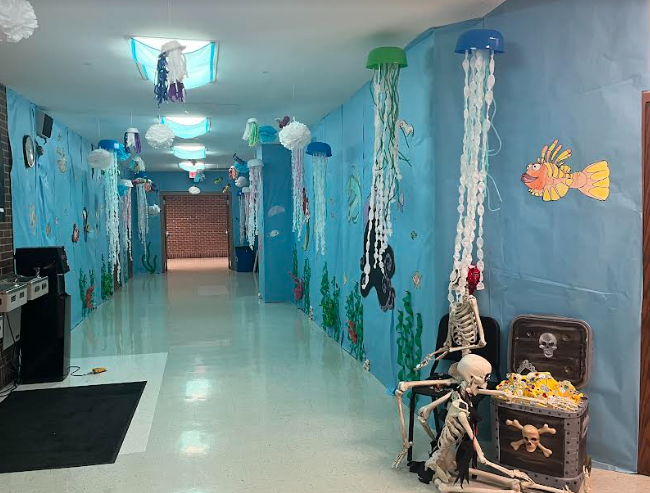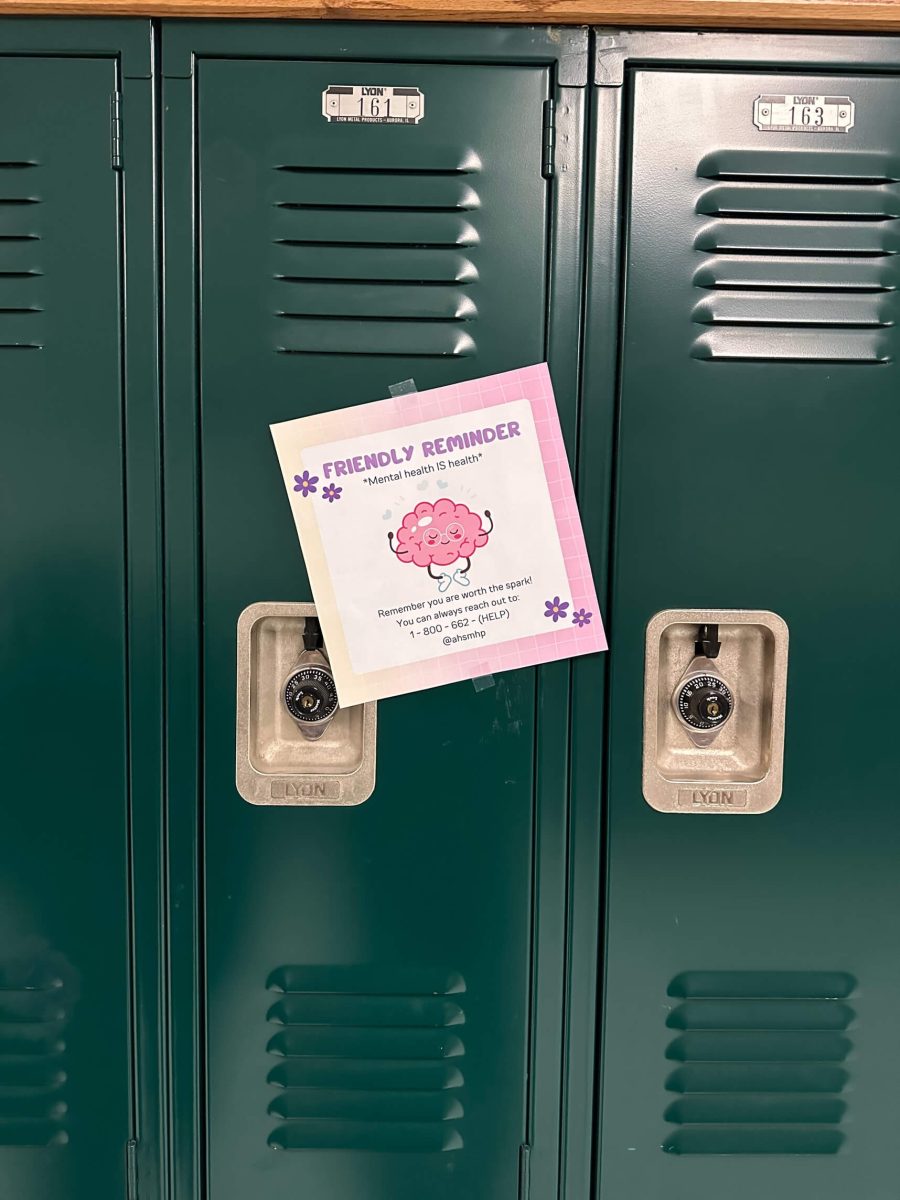How to Care for a Succulent
Plants closest to furthest: Sedum Morganianum(Burro’s Tail), Echeveria Elegans (Mexican Snowball), Pilea peperomioides (Chinese Monkey Plant), Aloe Vera Plant
With the depressive era of the Corona virus and the constant urge to both be with friends and also have a luxurious walk down the street for fresh air, we have committed ourselves to the new adoption of our green friends, the succulents. With that being said, watching succulents rot from the misconceptions that they are similar to any other plant just worsens my corona-pression, for the lack of better words. With the introductions out of the way, let’s get into what a succulent is, and why they are different from the average plant.
A succulent is a plant that has larger, fleshy parts of the body that are adapted to hold in water. Succulents themselves have an evolved fatty-ness to retain water as many of them live in deserts or areas that do not receive much rain. Saying this, do not water your succulent every week. It is the worst factor to accidentally killing your succulent, and the most common mistake. Most, if not all, succulents should be watered once a month with very little water, or the excess water will cause them to rot. I would recommend watering your succulent with a syringe so as to not give the succulent too much water.
There has also been the method of bottom watering, in which one would take a plant and its soil out of the pot, put into a dish that contains about an inch of water, and place the plant in the dish and allow it to soak for about 20-30 minutes. Some even recommend leaving multiple plants in a large dish at once; however, I would recommend to not follow this as it could easily trade unseen diseases between the succulents that they may carry and it could also rot the roots if left in the water for too long. But, if you think you can remember to take your plant out and put it back in its pot, as well as keep each plant separated while soaking the bottom, the method may be for you!
But say you keep this plant for a long time, they’re doing pretty good, and you notice the roots are beginning to poke out of the bottom of the holes in the plastic pot that came with the plant. Around this time, it would be safe to say that you should repot the plant. To do this, one would carefully have to pull the plant and its soil into a slightly bigger pot that is prepared for a plant, meaning it is mostly filled with new soil except in the area you are choosing to plant your succulent. Gently place the succulent in the hole you’ve dug in the soil and level out any excess soil in the pot. In this process, you should accurately measure how deep the hole for the succulent should be, as each species varies in height and width. Do not cover any part of the plant that is not the root with soil, especially the leaves, as succulents are extremely dependent on light.
When giving succulents light, especially if they are young, do not leave it outside in an area you are unsure of the temperature fluctuation. It is best that succulents are kept in room temperature climates as they are not bred to adapt in cold or extremely hot weather. The best place to keep them is in an eastern side window or, if you’ve got a black light lying around, that would also be perfect.
With this being said, I wish you best of luck for your succulent and their growth, and I hope you enjoy having your green friend to watch develop.

Hi, I'm Erika! I'm a senior, and including our journalism team, I am involved with Chapters of Azle, UIL Journalism, the National Honors Society, and the...






